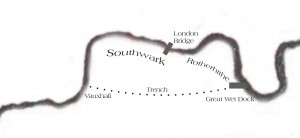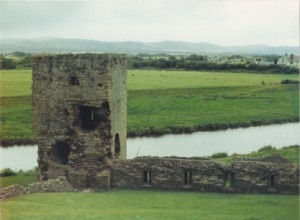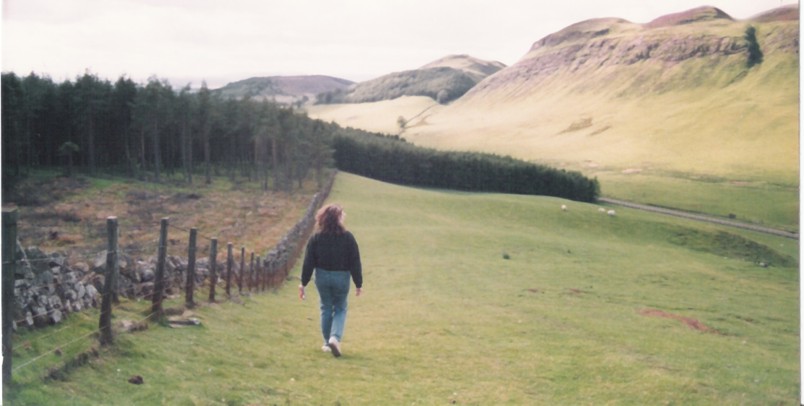
In 1016 Canute had returned to England to reclaim the throne his father had won three years before. He had a formidable rival in Edmund Ironside, son of Aethelred the Unready. Edmund stoutly defended London, and London Bridge blocked Canute’s passage up the river. This wooden bridge joined the walled city to the suburbs of Southwark, which were protected, in turn, by raised Roman roads that provided a system of dykes to keep out the tidal waters.
There is very little agreement as to how he did it, but most historians believe that Canute’s men dug a trench, or a canal around Southwark, through the marshes, ending at Vauxhall and bypassing the bridge. He then totally encircled the city of London and laid siege.
In the course of writing about this feat, I keep wondering about how they managed to get so many shovels? They certainly didn’t go to Home Depot and clean out the inventory. Did they raid the locals and appropriate all the Saxon’s tools? Did the put the locals to work? Or can we assume that the Northmen expected to lay siege and packed shovels onto their ships before they left home? How much stuff could they carry on those shallow vessels?
In the end, he raised the siege anyway, so what a lot of trouble for nothing!

